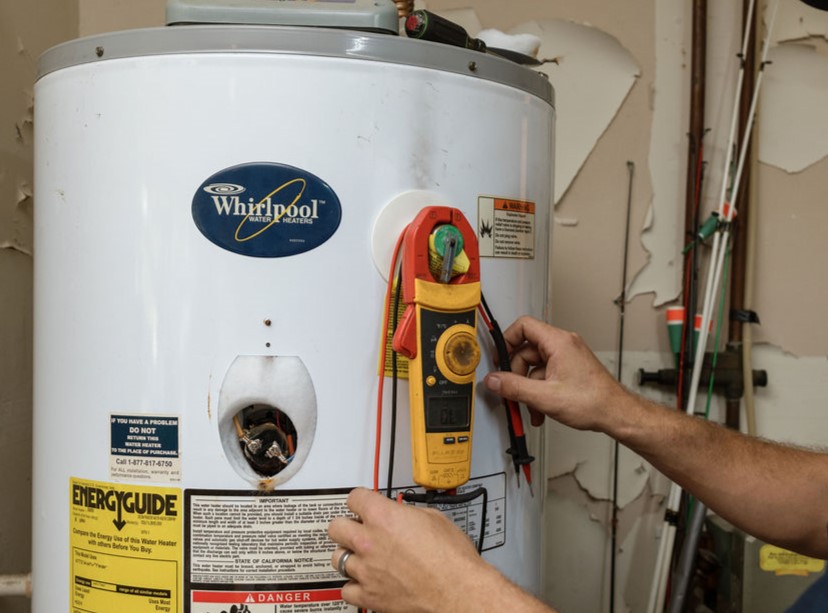Increase Your Water Heater’s Efficiency
-

Increase Your Water Heater’s Efficiency
5 Easy Steps to Help Your Water Heater
By Hannah Brennan
About 20% of your home’s energy bill is from heating up your water! It takes more energy than almost any other task in your home.
An inefficient water heater will greatly cost you each month. So, here are 5 steps to increase your water heater’s efficiency and save you money.
1. Drain Water Heater Sediment
Minerals like magnesium and calcium accumulate over time in your water heater’s tank. When they settle at the bottom of your tank, they harden and form sediment. This forces your system to work excessively harder to heat up the water. As the system works harder, this makes pressure build up in the tank. Pressure like this causes overheating and sometimes even ruptures to the system.
Removing these sediments help your heater work more efficiently and prevent the need for costly repairs. In fact, our Total Protection Plan members have a water tank flush included in their membership.
2. Insulate Water Pipes
You can lose heat in your pipes easily because heat dissipates quickly. Compensate for this loss in your water heater by insulating your pipes. Insulating pipes helps prevent heat loss and increase your water heater’s efficiency. By insulating your pipes, heat stays trapped inside the system and can even raise the water temperature by 2-4°F.
This is an easy fix to do at home. Pick an insulation material, measure the pipes, and use something like duct tape to wrap your pipes securely.
3. Use Low Flow Fixtures
Low flow fixtures for your plumbing system are an easy way to save money in the long run. These fixtures reduce the water flow rate, minimizing the amount of hot water wasted.
If anyone in your household is known for taking long, hot showers, low flow fixtures are a must! Ultimately, it reduces water consumption by up to 60%.
4. Set to 120°F
Your water heater has a built-in thermostat that tells the system how much to heat the water in the tank. The hotter the water, the longer it runs and more overall energy usage. By turning down your water heater’s thermostat, you will keep your water at a safe temperature and also lower your bill. You can save on average 3-5% annually on your water bill this way.
Manufacturers will typically set water heaters to 140°F as the default setting. Water temperatures above 120°F are unsafe to wash or bathe with, however any lower than that and your water is at risk for bacteria to form in the tank.
5. Fix Plumbing Leaks
Even small faucet leaks waste on average 1,661 gallons of water per year. The more hot water that leaks from your pipes, the more your water heater has to produce. Be sure to check around your water heater’s tank for any leaks. Typically the temperature-pressure relief valves and drain valves are sources of leaks. After checking on your water heater, inspect your water pipes, specifically near sinks and showers.
Either give us a call or schedule an appointment with one of our certified technicians today!
Take a look at our blog about how to clean your drains the proper way here.
November 2, 2022


